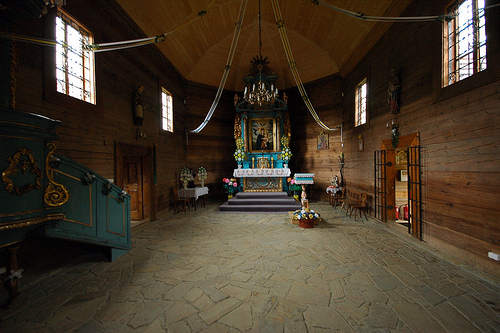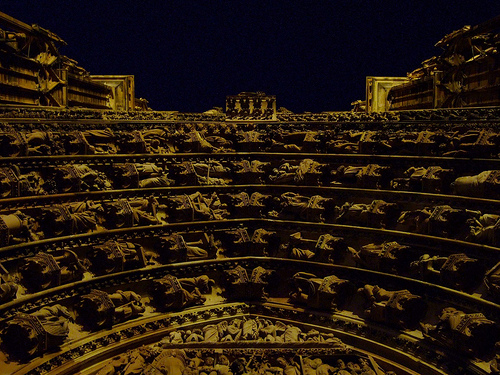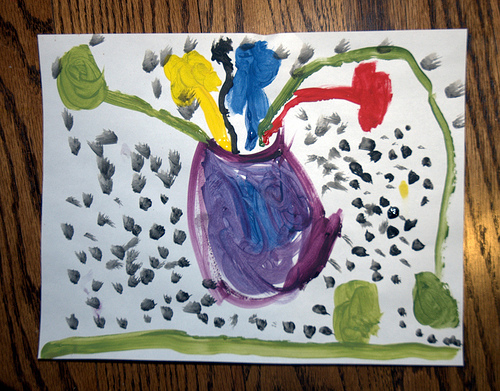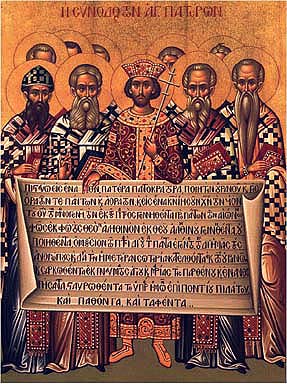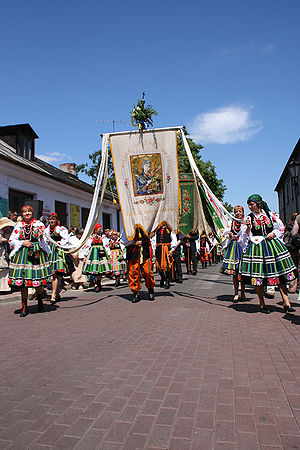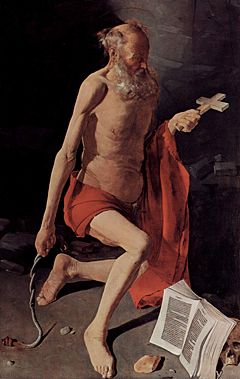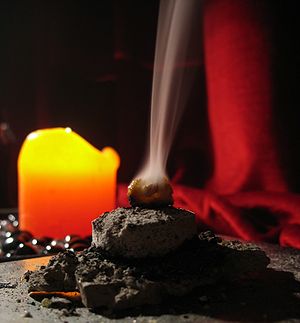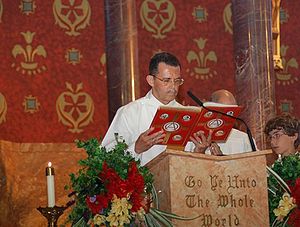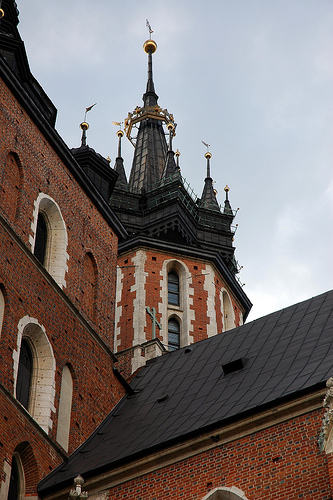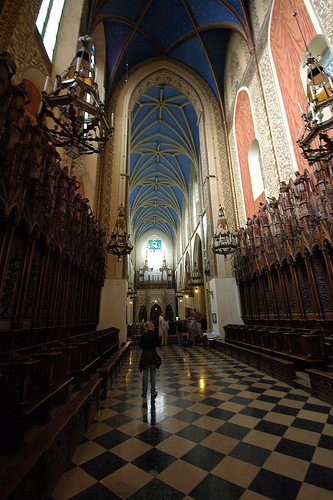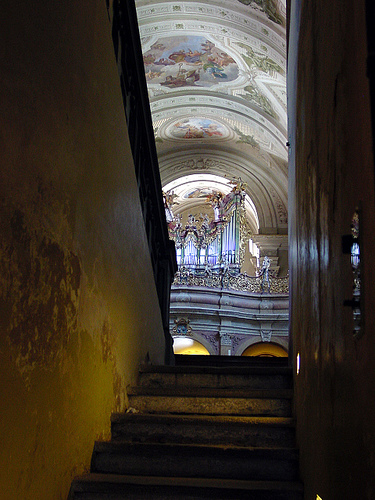For example, if one were to set a Lenten goal and were not be able to make it despite intentions to the contrary, the Church is wise enough to realize that in many things, the intentions are as important, if not more important, than the actual action. And that is why I can write this exhausted post and still feel I’m keeping my Lenten promise.
